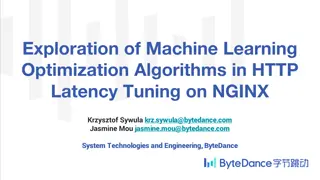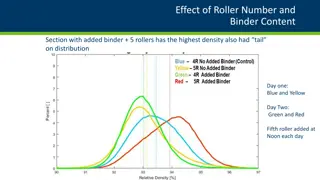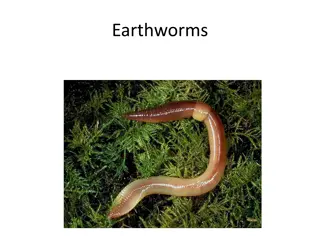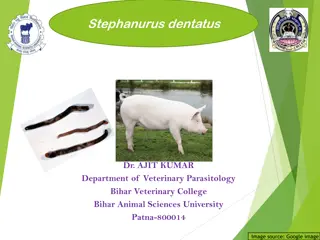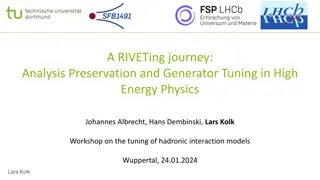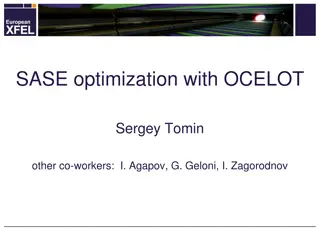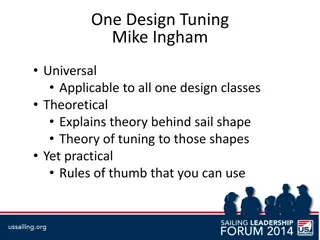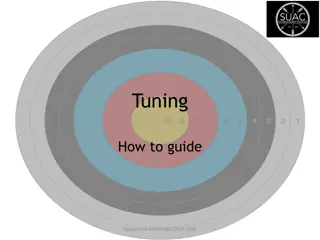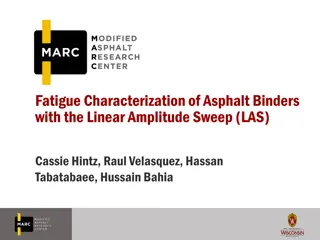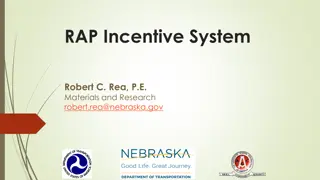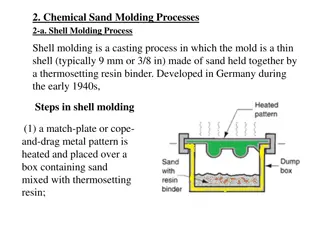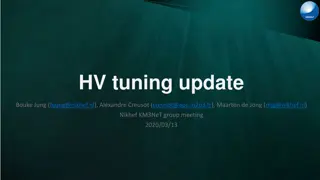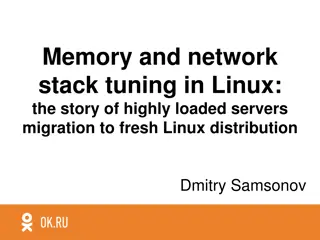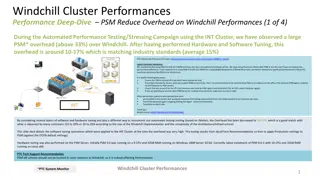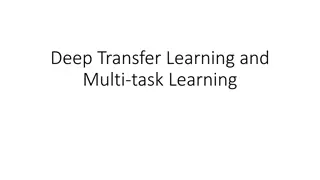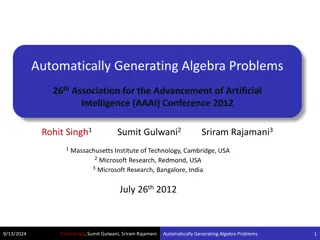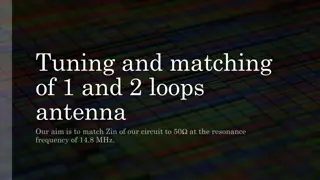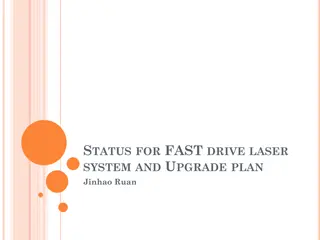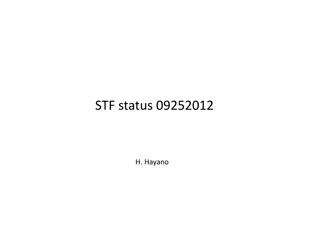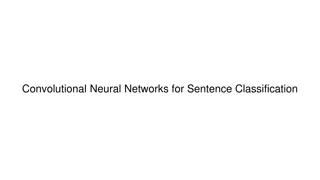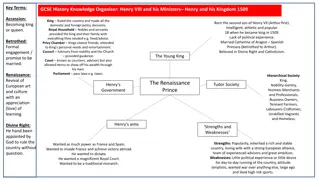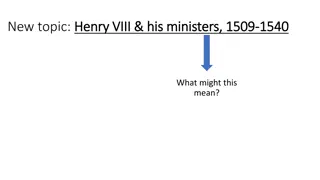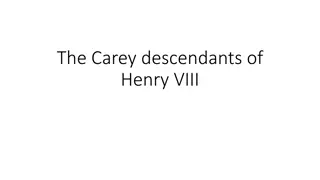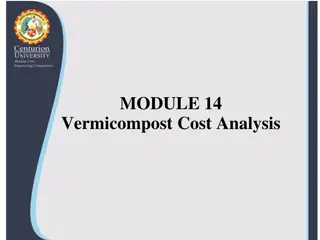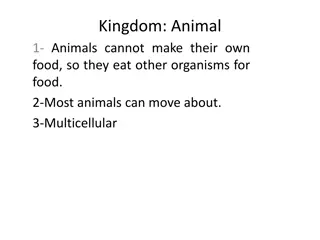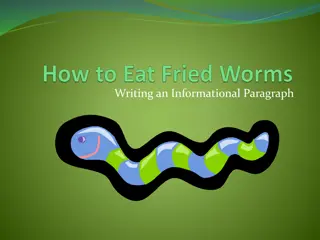Earthworms Binder NetOps VIII - Tuning and Development Insights
Explore tuning tips for new stations, handling edge cases, and developments in Binder since 2009. Focus on parameters for nucleation and association, with a glimpse into a recent case. Enhance your Earthworm experience with this comprehensive guide.
Download Presentation

Please find below an Image/Link to download the presentation.
The content on the website is provided AS IS for your information and personal use only. It may not be sold, licensed, or shared on other websites without obtaining consent from the author. Download presentation by click this link. If you encounter any issues during the download, it is possible that the publisher has removed the file from their server.
E N D
Presentation Transcript
Tuning Earthworms Binder NetOps VIII Seattle, Washington March 20-21, 2018 Paul Friberg
When & How to tune New stations being added in. Edge case event that causes problems (missed, split events, or bad initial location). Save all picks from the binder_ew log. Use putpick module for playback (no need to simulate picks more than once unless tuning picker)! NEW ringplayer modules coming in Earthworm v7.10 (in AQMS now).
Developments in Binder since 2009 Multiple phases from a single station can be handled now. More logic for handling horizontals (S phases) Smarter selection of picks (pkfilter made superflous) throw all your picks at it. Amplitude information can be used on S selection. Split event handling (blackout distance and time for nucleation)
Parameters to focus on: Nucleation rstack the size of the grid in km around the nucleating phase. stack how many picks do we look back grid_wt how do you weight different quality phases in the nucleation thresh maximum grid hit counts to trigger a nucleation focus tightness of clustering of max grid hits.
Parameters to focus on: Association t_diff Time filter min/max time for picks after OT. rAvg_Factor Distance filter based on rAvg (average distance to stations associated so far) taper and taper_OT residual tolerance adjustments based on distance to epicenter and the quality of the hypocenter.






